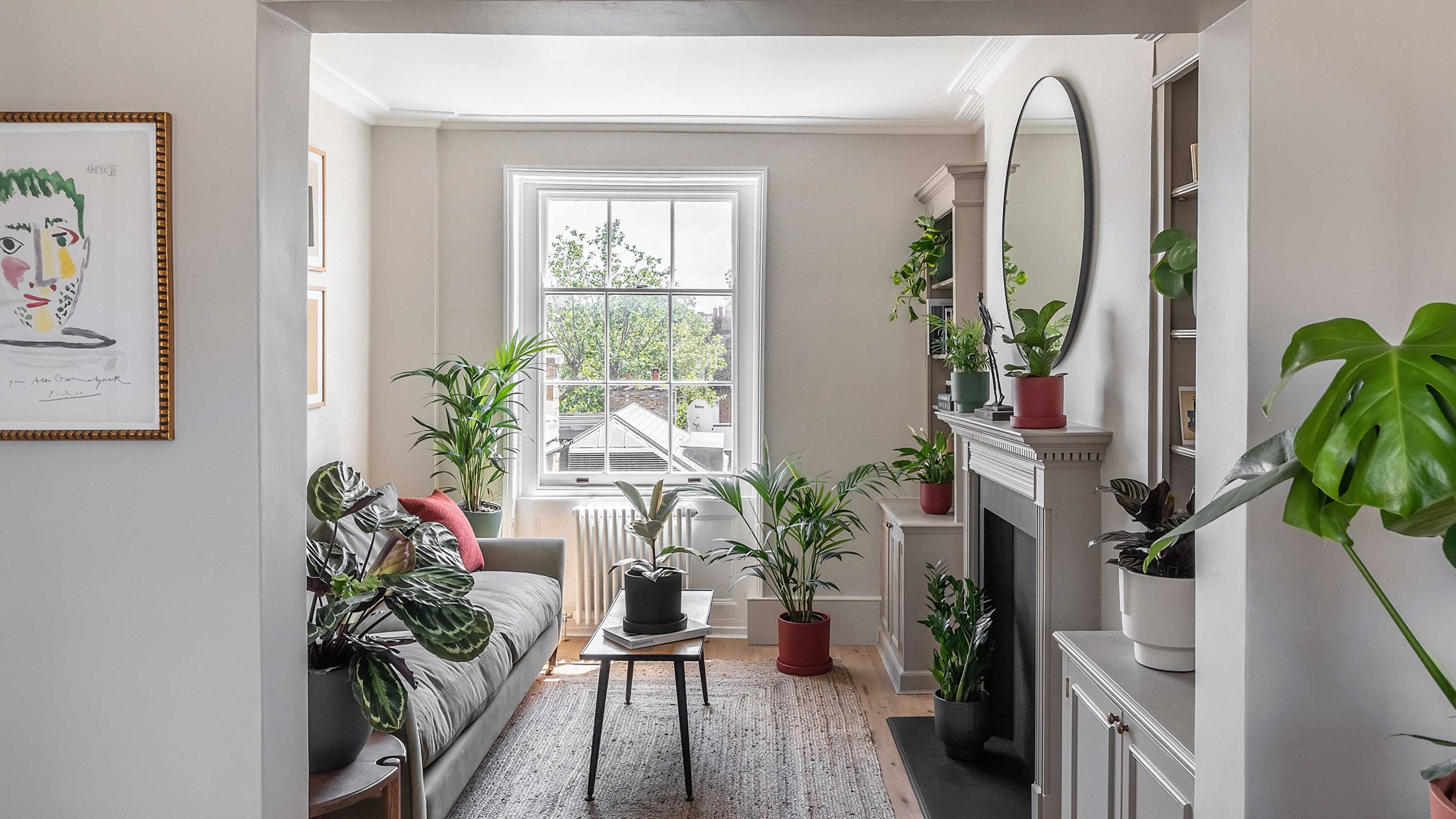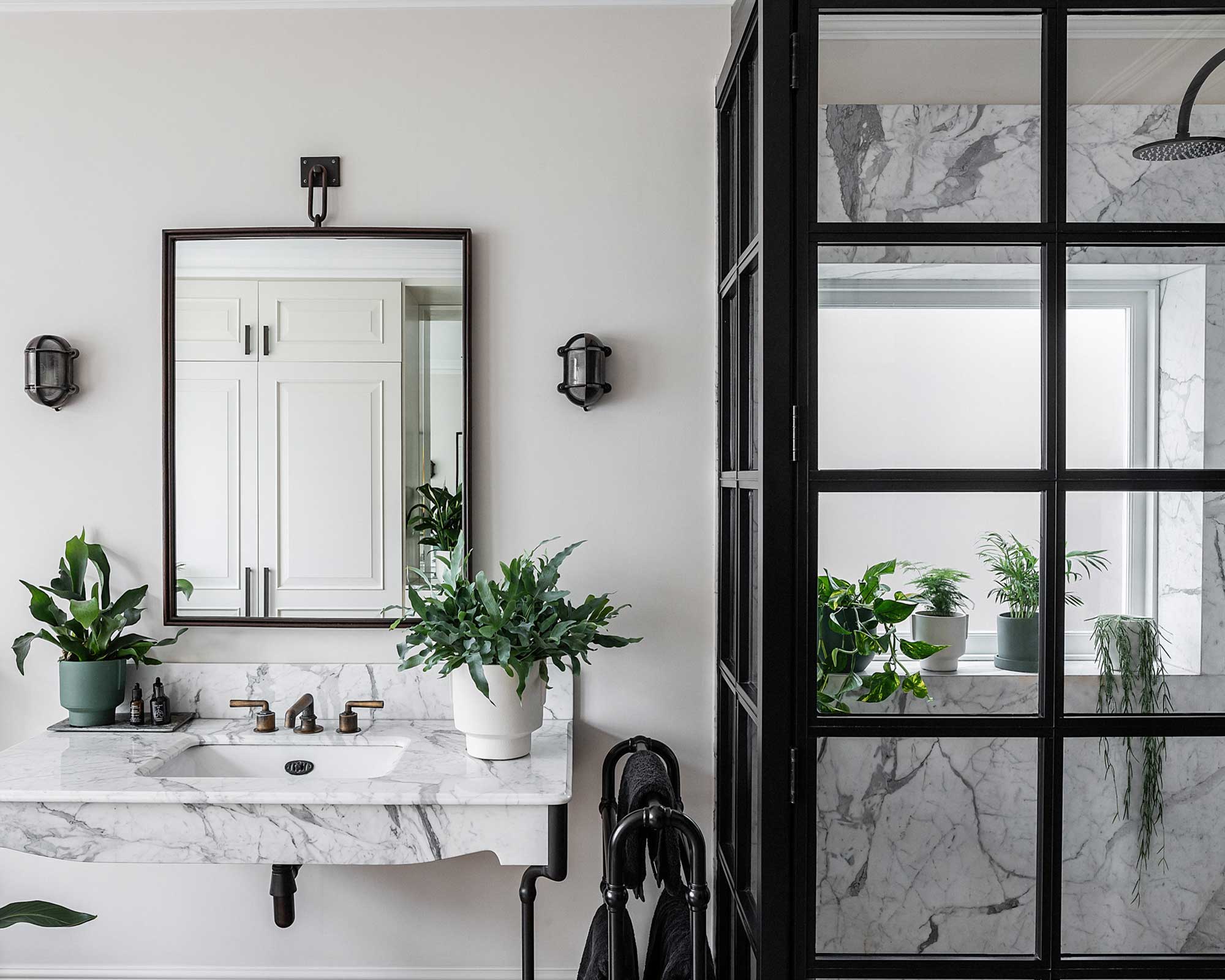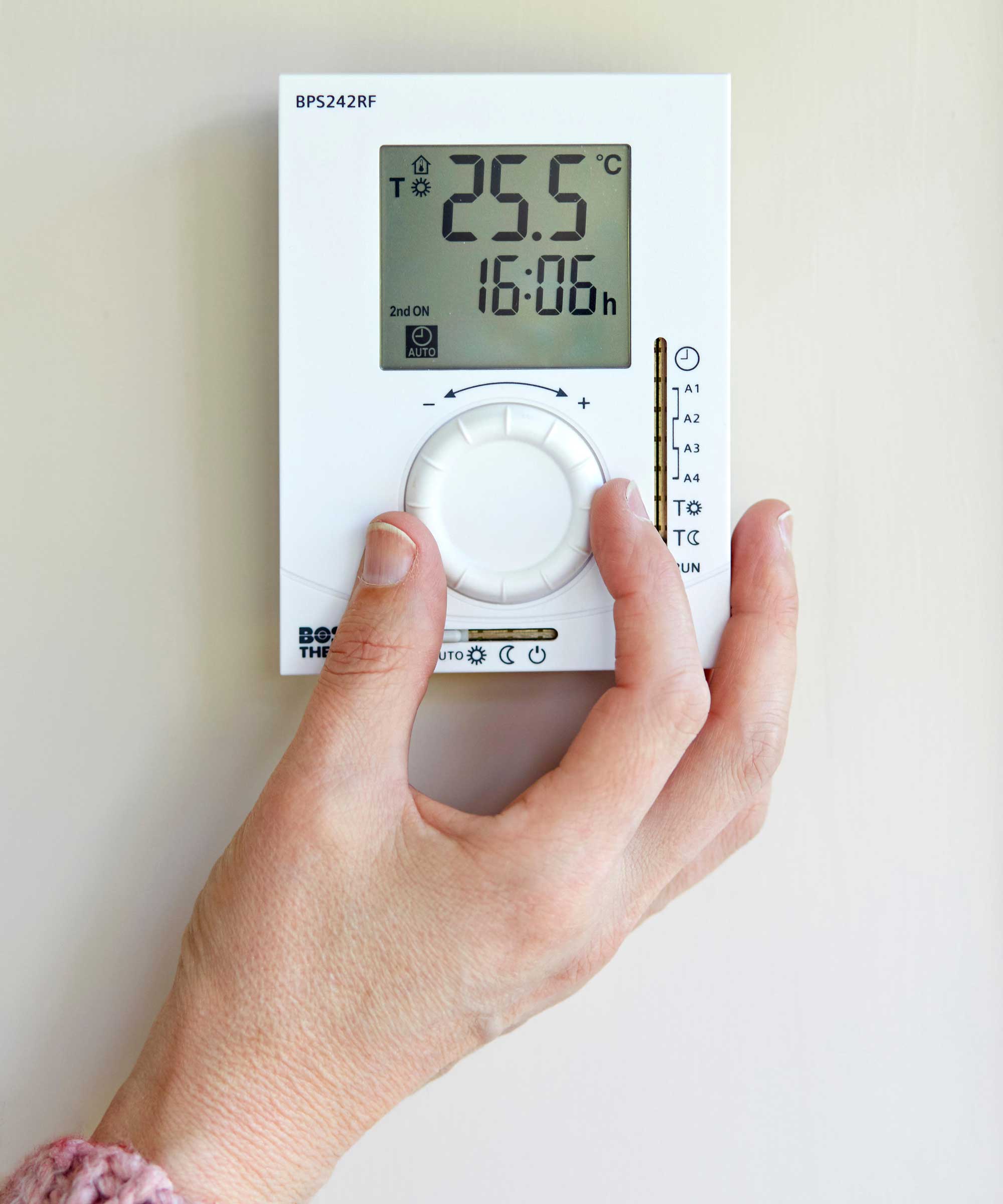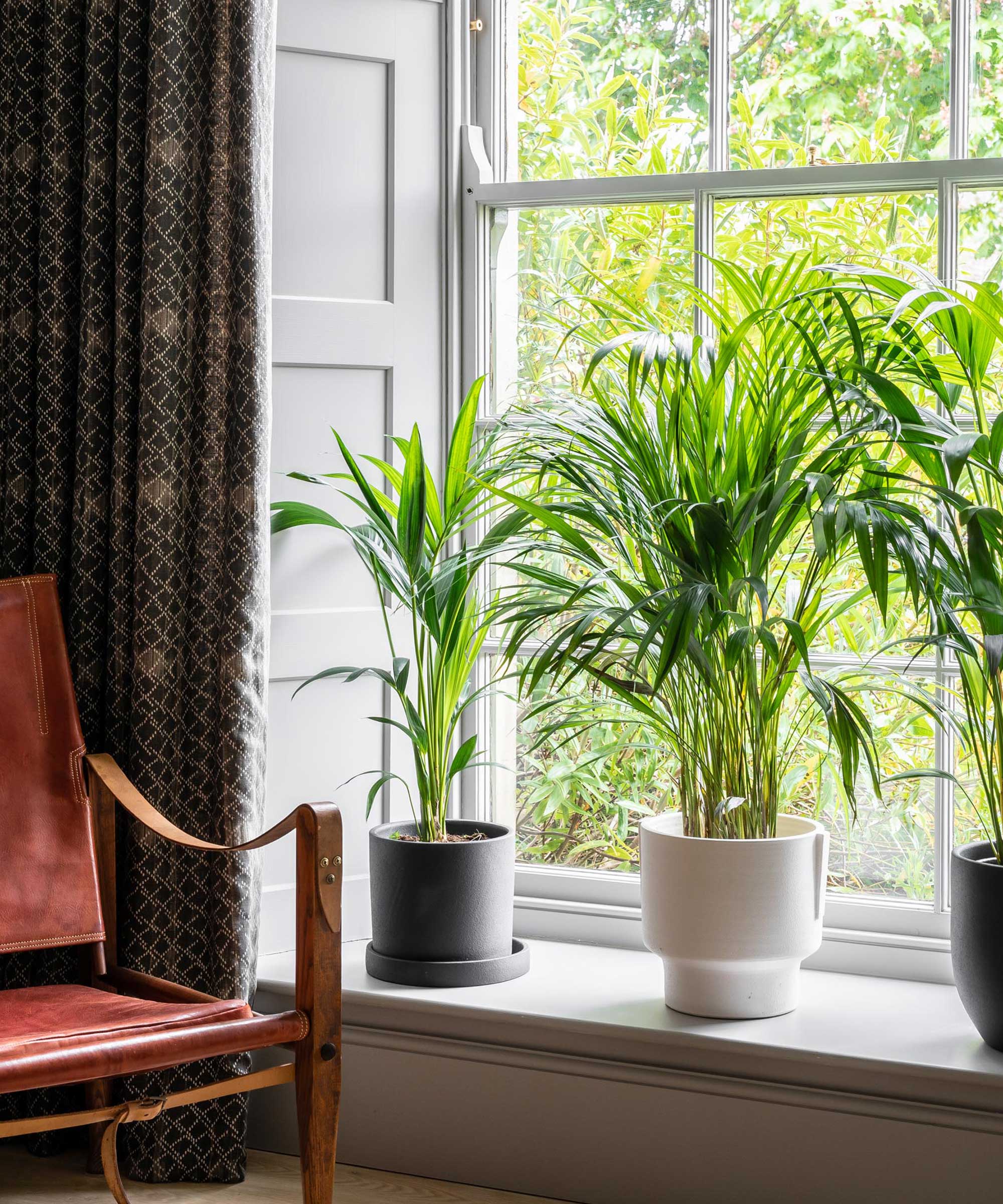This is the perfect temperature for houseplants, according to a study
New research reveals the perfect temperature for houseplants to make sure our leafy friends grow healthily


Winter is tough on our houseplants as they're constantly battling fluctuating temperatures and a lack of humidity due to our heating being on a lot. Maintaining a steady room temperature will help our best indoor plants to grow, but what's the perfect temperature for houseplants?
New research by Plumbnation shows that the optimal room temperature range for our plants is between 69.8-80.6˚F (21-27˚C).

The perfect temperature for houseplants
When it comes to how to care for houseplants in winter, light and temperature levels are important. A study by the University of Georgia says that during the daytime, the recommended temperature range is between around 69.8-80.6˚F (or 21-27˚C).
The perfect temperature for houseplants will of course vary depending on the kind of plants that you have at home. That said, if your home temperature drops to 50˚F (10˚C), your houseplants will struggle, particularly those with flowers.
Succulents are surprisingly tolerant to cold temperatures, as are ferns. If grown in conditions that are too cold, most plants, from your Swiss cheese plant to your rubber plant, will simply grow more slowly.

However, many houseplants originate from tropical and subtropical parts of the world, and these need warmer temperatures and higher humidity. We've seen beachy palms like the Kentia Palm (pictured below), Birds of Paradise and Parlour Palms becoming increasingly popular for indoor garden ideas this year as we seek to bring a fun, holiday feel to our living rooms.
These equatorial plants can cope in warm temperatures, so although they'll manage with the occasional chill, they'll be more at ease within the 69.8-80.6˚F (21-27˚C) range.
Anna, founder of houseplant retailer and subscription box service Plant Pet Club says plants 'do get used to our comfortable home temperatures,' meaning that 'quite a few plants will get upset if a sudden heat wave or cold spell occurs.' She says the main thing to be wary of is overwatering in colder months, which could kill reliable survivors like snake plants and pothos.

Kentia Palms
'Last summer I put my aloe vera outside to enjoy some sunshine, and it was damaged by midday sun! Why does it thrive in scorching Tenerife, but gets sunburn in my back garden at 23˚C? Simply because it is used to its cosy house spot!'
Every plant variety is different, so the best thing you can do is look out for signs of cold damage, including wilting or blackened leaves.

Millie Hurst has worked in digital journalism for five years, having previously worked as a Senior SEO Editor at News UK both in London and New York. She joined the Future team in early 2021, working across several brands, including Gardeningetc. Now, she is Senior Content Editor at Ideal Home, taking care of evergreen articles aimed at inspiring people to make the most of their homes and outdoor spaces.
